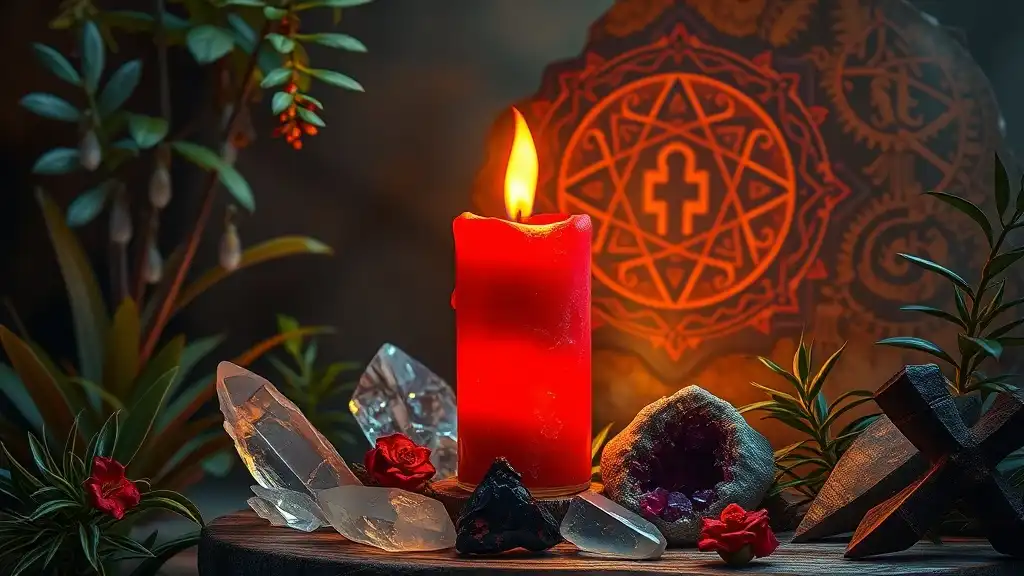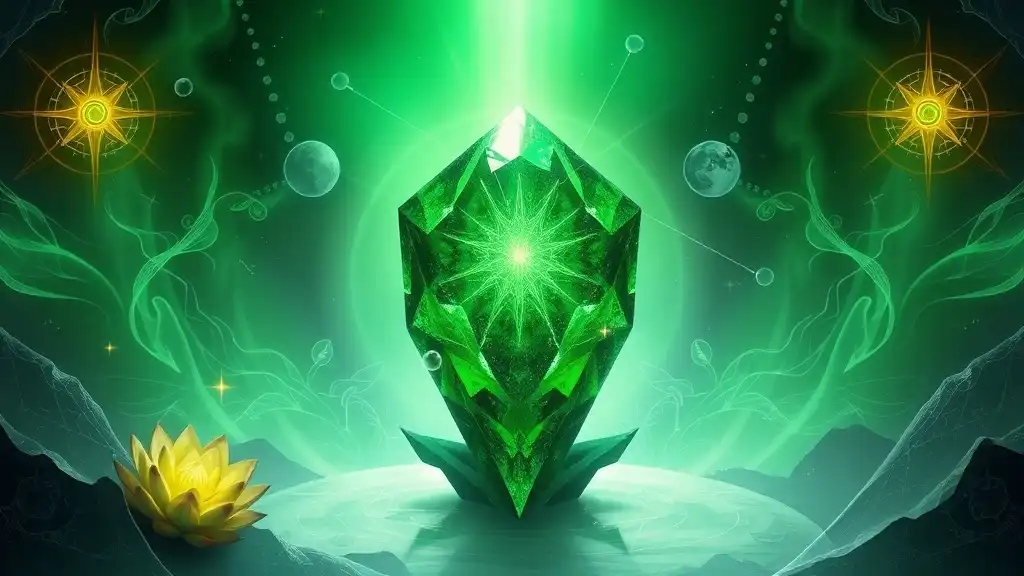Red coral has long captivated human hearts with its vibrant color and deep spiritual significance. Revered in various cultures around the world, it embodies a diverse array of meanings, connecting the wearer to nature and fostering a sense of well-being and protection.
The Essence of Red Coral
What is Red Coral?
Red coral, scientifically known as Corallium rubrum, is a type of marine coral that thrives in the shallow waters of the Mediterranean Sea and around the coasts of Japan and Taiwan. Its beauty originates from a combination of a stunning color palette and intricate branch-like formations that resemble trees. This organic gem forms slowly over time, created from the accumulation of the tiny calcareous organisms that make up colonies of coral polyps.
Historically, red coral has been a favored material for artisans, often crafted into jewelry, talismans, and decorative items. Its distinct, fiery hue not only attracts the eye but also resonates deeply within many spiritual traditions.
Symbolism of Red Coral
In the realms of spirituality, red coral is often associated with life and vitality. Its color symbolizes strength, passion, and courage. Across various cultures, red coral has been perceived as a bridge between the physical and spiritual realms, invoking feelings of confidence and resilience.
In ancient Rome, red coral was linked to the goddess of love and beauty, Venus, symbolizing protection for children and ensuring their health. Meanwhile, in Hinduism, it is associated with the planet Mars, making it a favorite among those seeking to harness the energies of this powerful planet for personal strength and protection.

Spiritual Properties of Red Coral
Healing Properties
The healing properties of red coral extend beyond its physical beauty. Known as a powerful healer, red coral is believed to possess restorative qualities that can aid in physical health. It's often said to help with blood disorders and circulation issues.
Moreover, emotionally and spiritually, red coral acts as a soothing balm for stress and anxiety. It encourages a clear mind and a peaceful heart. A deep connection with red coral facilitates the release of repressed emotions, allowing individuals to heal from past traumas. This connection aligns the person with their true self, helping to alleviate feelings of doubt and fear.
Protection and Grounding
Historically, red coral has been viewed as a powerful protective talisman. Its essence is believed to ward off negative energies and harm. Wearing or carrying red coral is often done with the intent of shielding oneself from jealousy, misfortune, and psychic attacks.
In addition, red coral is renowned for its grounding energies. When used in meditation, it enhances focus and helps individuals feel present in their surroundings. This grounding quality allows practitioners to feel anchored, enabling them to tap into their spiritual higher selves while remaining connected to earth.

Uses of Red Coral in Spiritual Practices
Meditation and Visualization
Integrating red coral into meditation practices can elevate your spiritual journey. By holding a piece of red coral, one can infuse their meditative space with its vibrant energy.
Visualization techniques involving red coral can be particularly powerful. As you meditate, picture the red coral’s energy flowing into your body, revitalizing your spirit and cleansing your emotional burdens. This practice fosters a profound connection to the energies of passion and creativity, allowing for greater self-expression and insight during meditation.
Rituals and Ceremonies
Across different cultures, red coral plays a significant role in various rituals and ceremonies. In some communities, it is used during rites of passage or blessing ceremonies to invoke protection and set intentions.
In ancient times, sailors wore red coral amulets to protect themselves during voyages, believing it would keep them safe from storms and misfortune. Today, it still holds a ceremonial significance and is often used in spiritual gatherings meant to foster community and healing.

Incorporating Red Coral into Daily Life
Jewelry and Accessories
Incorporating red coral into your daily life can be as simple as wearing it as jewelry or accessories. A red coral necklace or bracelet not only enhances your outfit but also keeps the spiritual energy close to you, acting as a constant reminder of strength and vitality.
When selecting red coral pieces, consider their significance. A piece with a rich spiritual history can enhance the potency of its energy and deepen your connection to it.
Home and Environment
To harness the energies of red coral within your home, consider placing it in your living environment. Whether displayed in a centerpiece or kept on an altar, red coral can serve as a powerful reminder to stay connected to your inner strength and passion.
In terms of Feng Shui, the placement of red coral can energize spaces, particularly areas associated with love and health. Incorporating red coral into your home decor can create a vibrant atmosphere that encourages positivity and vitality.

Conclusion
In summary, red coral embodies a wealth of spiritual significance that transcends cultures and eras. From its powerful healing properties to its protective qualities, this stunning gemstone invites a deeper connection to nature and self. By exploring and integrating the essence of red coral into your spiritual practices and daily life, you are encouraged to tap into the life force and vitality it represents. Allow the vibrant energy of red coral to guide you on your journey toward self-discovery and emotional healing.

FAQs about Red Coral
As with any gem, questions often arise regarding its essence and uses. Here are a few common inquiries about red coral’s spiritual significance that provide clarity:
- What are the best ways to cleanse red coral?
- Can red coral be used in crystal healing?
- Are there specific zodiac signs that resonate more with red coral?
These questions help clarify the role red coral can continue to play in personal and spiritual growth, inviting individuals to explore its vast potential.



















